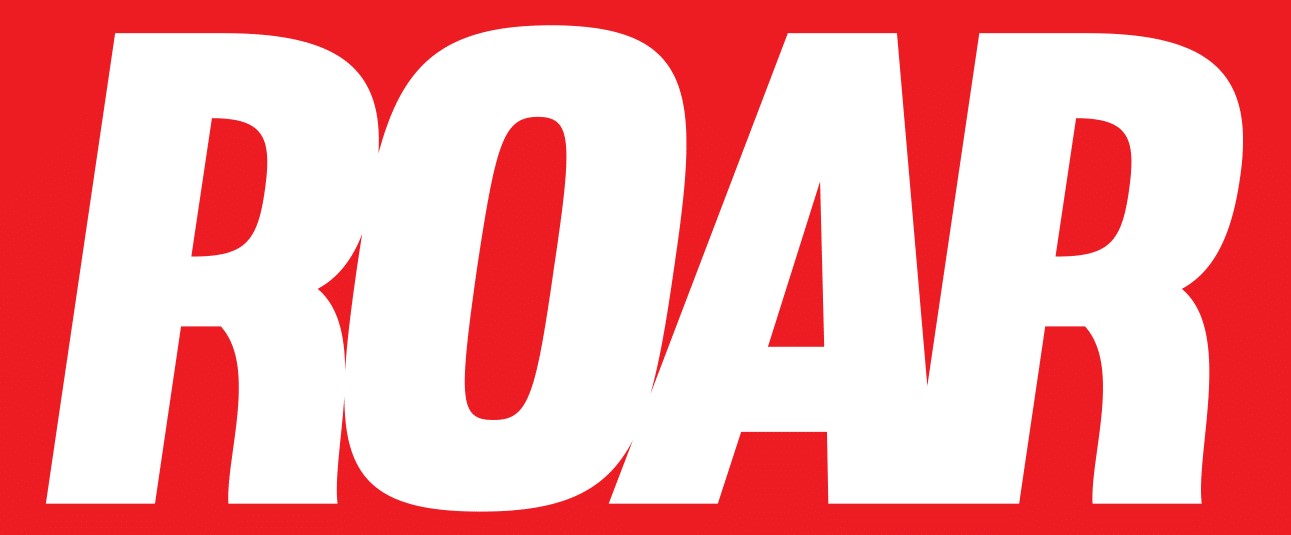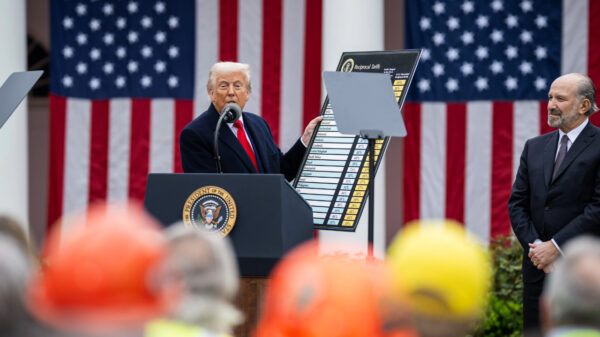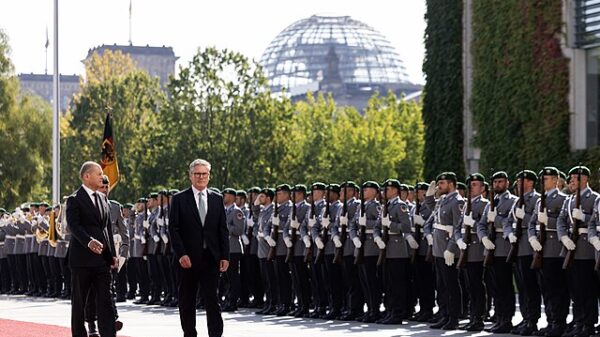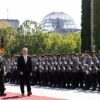Comment Editor Matteo Cardarelli on China’s recent struggles, asking whether there may be something profound and ineradicable underlying them.
In August, Adam Posen, President of the Petersen Institute for International Economics, published an article in Foreign Affairs, titled ‘The End of China’s Economic Miracle.’ In it, he makes the startling claim that China may have had its day. Like the proverbial high school jock, China has peaked. And, what’s more, it was only ever a matter of time before history caught up with Beijing.
Had Mr. Posen championed the same view at any other point throughout the past decade, he would’ve largely been met with wide-eyed scepticism. After all, China, the West’s indomitable, alien foe has been driven forth by decades of impressive growth, during which time 800 million people have been dragged from abject poverty, in a transformation unlike any other seen in the pantheon of modern society’s accomplishments. Ominously thrusting outwards in search of new markets, it has incrementally cemented its reserves of soft power, and challenged the foundations of the international order as we know it. That China has always had a built-in ceiling would have sounded nothing short of preposterous.
Yet flashforward to 2023, and Mr. Posner’s is not a fringe view; in the last few years, ‘Peak China’ has gained currency within academic circles. This view’s striking quality is not in its ability to point to current problem areas in Chinese policy, but in suggesting that the structural limitations inherent to autocracy have caught up with the Chinese Communist Party. Much as the threat of expropriation by the warlords of old prevented economic growth by discouraging activity, the lack of economic, political and social protections cultivated by a whimsically tyrannical polity now discourage growth in China – or so the argument goes.
Labelling this view downcast is euphemistic. But beneath the fog of war, China’s ills have multiplied, rapidly metastasising. Fiscally, the outlook is grim: staggering levels of debt, particularly at the municipal level, combined with depressed consumption and increased savings rates make for decidedly grey prospects. Even after the relaxation of infamously draconian zero-Covid restrictions, growth has disappointed, growing at a mere 0.8 per cent in Q2 against the first three months of 2023, down from 2.2 per cent in Q1.
Stagnant economic prospects are compounded by deeper social phenomena. A rapidly aging population risks undermining the vast welfare system, as well as eroding kinship networks that have facilitated internal migration and provided a ready re-adjustment mechanism for navigating periods of frictional unemployment. Chinese jobseekers could previously rely on having a cousin or two whose couch they could crash on should they upend their lives in the search for better employment opportunities. Those doors seem to be closing. Youth unemployment is notoriously high, clocking in at 20%. The cause? A critical mismatch of education and skills, with students paradoxically too well trained, too educated for many of the low-skill jobs in demand.
While the ship rocks at home, international waters have not provided shelter and safety for the CCP. Under the name of ‘de-risking’, the crusade to purify supermarket shelves and supply chains of foreign interference vaunts much appeal in most Western capitals (though a total separation of spheres remains both undesirable and implausible). Washington has a bone to pick with Beijing; but so too do Amsterdam, Berlin, and Rome. Most recently, Italy’s exit from the Belt and Road Initiative lost Beijing its sole G7 co-participant and a major foothold in Western Europe.
Yet none of these problems are sufficient to argue that China is ‘finished’ in any way. It still commands a wealth of assets and advantages with which to remedy these shortcomings. Paradoxically, the one obstacle China may not be able to overcome can be found in the mirror. While this means that, at least in theory, it is yet in charge of its destiny, it is primarily because of this that academic jargon like ‘Peak China’ sounds wholly reasonable. At a time when a profound revisitation of the country’s institutions is necessary, its political elites apparently lack any interest in doing so.
It is not just that President Xi Jinping’s ideological convictions trend strongly against democratisation. The pro-business reform and the redistribution of wealth and political influence it would entail, represent a threat to the vested interests that back the status quo. The harsh clamp-down on the tech sector is emblematic of the Ancien regime’s opposition to new actors on the political stage. Leading entrepreneur Jack Ma’s unfortunate nostos in the aftermath of his decision to publicly criticize state policy made the message clear: the sanctity of the state and its security come before the prerogatives of business and the private sector (where these interests have not already been forcibly intertwined, that is). Instead of easing his grip, Xi has ushered in a new phase of paranoid, reactionary control; senior decision-making has been de-facto restricted to his inner circle, palace guard and the Politburo Standing Committee, recently stacked with allies and cronies.
In the face of stagnation, Chinese officials have made a few cursory changes, adopting business-friendly language, and talking up efforts to fix some of the more prominent abscesses. They have claimed that the bottomed-out real estate market, weighted down by debt and loose investment practices, would be a target of special attention for the government. Yet this is a mere cosmetic change to fleeting and insufficient effects among investors underlined by the trust deficit into which China has dug itself. Increasingly, it is apparent that a more robust remedy is needed.
Even if China does try to move on essentially unchanged, and temporarily regains the lofty heights of its 5% growth so badly desired by Beijing, what degree of resilience does a country that refuses to consider the possibility of change actually possess? In the event of a future crisis, or if current trends in the international sphere (much harder to control for Xi and the CCP than at home) continue to penalize China’s exports and international trade, what then? All successful states are flexible ones. That has, thus far, proven to be China’s secret too, with its pioneering of the mixed-market formula. The abandonment of its own historical heritage is a needless, self-inflicted harm, but one that Beijing seems stubbornly set on.
In the curious case of the Chinese patient, the diagnosis is a mix of complexity and startling simplicity: a seemingly daunting collection of symptoms all tied to a single, somewhat bathetic cause. China is approaching a crossroads: it may persevere in its institutional conservatism and struggle, or adapt. It has the capabilities to evolve. Whether its elites have the intention is more uncertain. More words and gestures will simply paper over the cracks. Without action, Beijing may be doomed to wander the wilderness a while longer.















